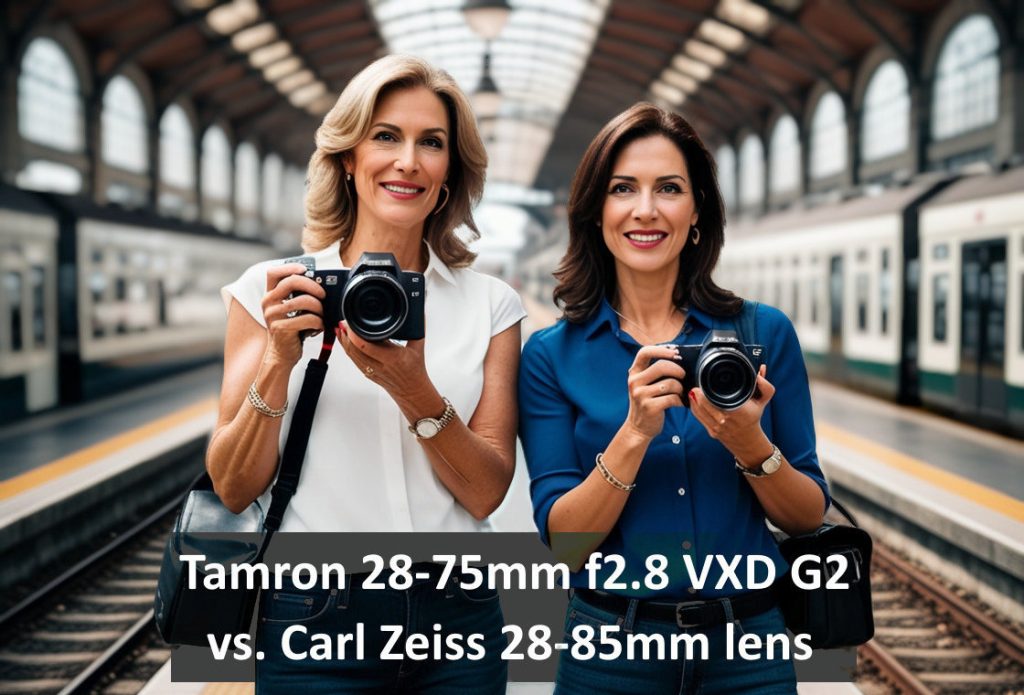
Summary: In this article we compare the popular Tamron 28-75mm f/2.8 VXD G2 full-frame standard zoom lens, which is renowned for its excellent image quality, with the Zeiss Vario-Sonnar T* 28-85mm vintage zoom lens, for which Zeiss claimed: “so good in fact that it can be readily compared to lenses with fixed focal lengths“.
The epic location of the lens shootout is the beautiful UNESCO World Heritage site of São Bento train station in Porto, Portugal.
Say NO to boring test charts! Instead of test charts showing image quality at close range, we shot the beautiful São Bento station to compare the image quality of these two zoom lenses at a realistic subject distance.
Tamron 28-75mm f/2.8 VXD G2 and Zeiss 28-85mm highlights
Available for Sony E-mount and Nikon Z-mount full-frame cameras, the Tamron 28-75mm f/2.8 VXD G2 lens (highly recommended by Christopher Frost in his YouTube channel) is often sold as a high-quality replacement for kit lenses and is a good “always-on” travel lens. Known for its versatility, including semi-macro minimum focusing distance and beautiful bokeh. The Tamron lens challenges the expensive Sony 24-70mm f/2.8 GM lens in many aspects of image quality, and is much lighter and smaller.
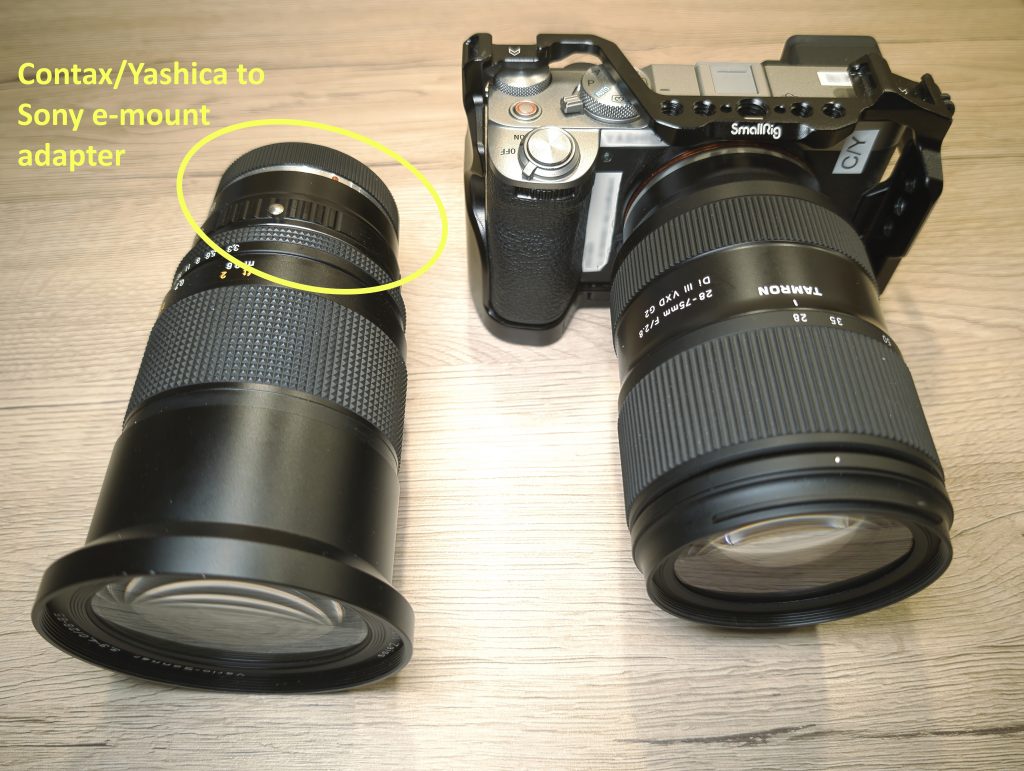
The over 35 year old Contax/Yashica mount Carl Zeiss Vario-Sonnar T* 28-85mm f/3.3-4 vintage lens (see my previous article on the Zeiss lens) has been adapted to the E-mount and is renowned for its beautiful bokeh and cinematic colour rendition for video shooters.

As of November 2024, the EU list price of the Tamron lens appears to be around €699, while the 35+ year old used Carl Zeiss vintage-lens is sometimes available on eBay for between €250 and €350.
Pixel Peeping Overview
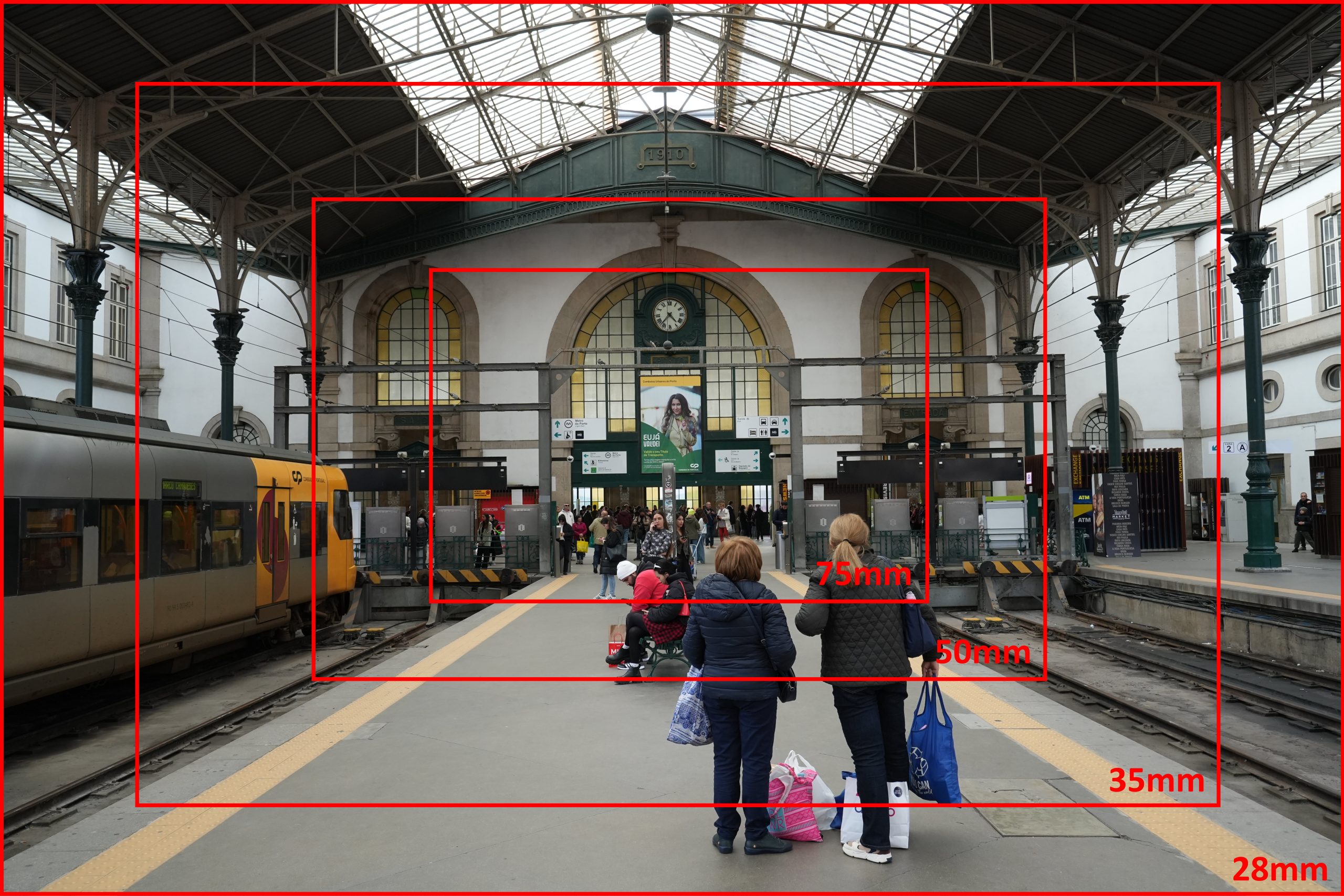
Gallery with Pixel Peeping detailed results with 16 pixel peeping image comparisons of the Zeiss and Tamron lenses
How do I get 16 pixel peeping images?
CENTER at aperture f/4 and f/8, CORNER at aperture f/4 and f/8 (4 images) for
28mm, 35mm, 50mm and 75mm focal lengths (4 focal lengths)
equals
16 images in the gallery below.
Please make up your own mind by looking at the following 16 comparison images, and leave a comment, if you have different or missing evaluation results. Your feedback is welcome.
When you click on an image in the galleries, following buttons will allow you to select some features. Use Original-size to watch the photo in full resolution:
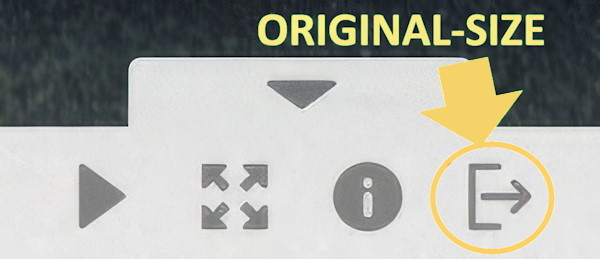
Slideshow | Fullscreen | Image-Info | Original-size
Pixel Peeping Evaluation
Careful study of the Tamron 28-70mm f/2.8 VXD G2 and Carl Zeiss Vario-Sonnar T* f/3.3-4 lens pixel peeping comparison images in the above gallery leads me to the following conclusions.
- The Tamron boasts high image quality at all focal lengths and is sharp from centre to edge right from open aperture f/2.8. Vignetting, distortion and chromatic aberrations are at good levels in my view.
- In terms of image quality, 28mm is the worst focal length for the Carl Zeiss lens and the best for the Tamron lens.
- At aperture f/4, the corners of the Carl Zeiss lens images are very blurry at all focal lengths.
- The Carl Zeiss lens suffers from severe chromatic aberration.
At focal length of 50mm and aperture f/8, the image quality in the CORNER of the Zeiss lens (left) is close to the same sharpness level as the Tamron lens (right). Click on the image to enlarge …

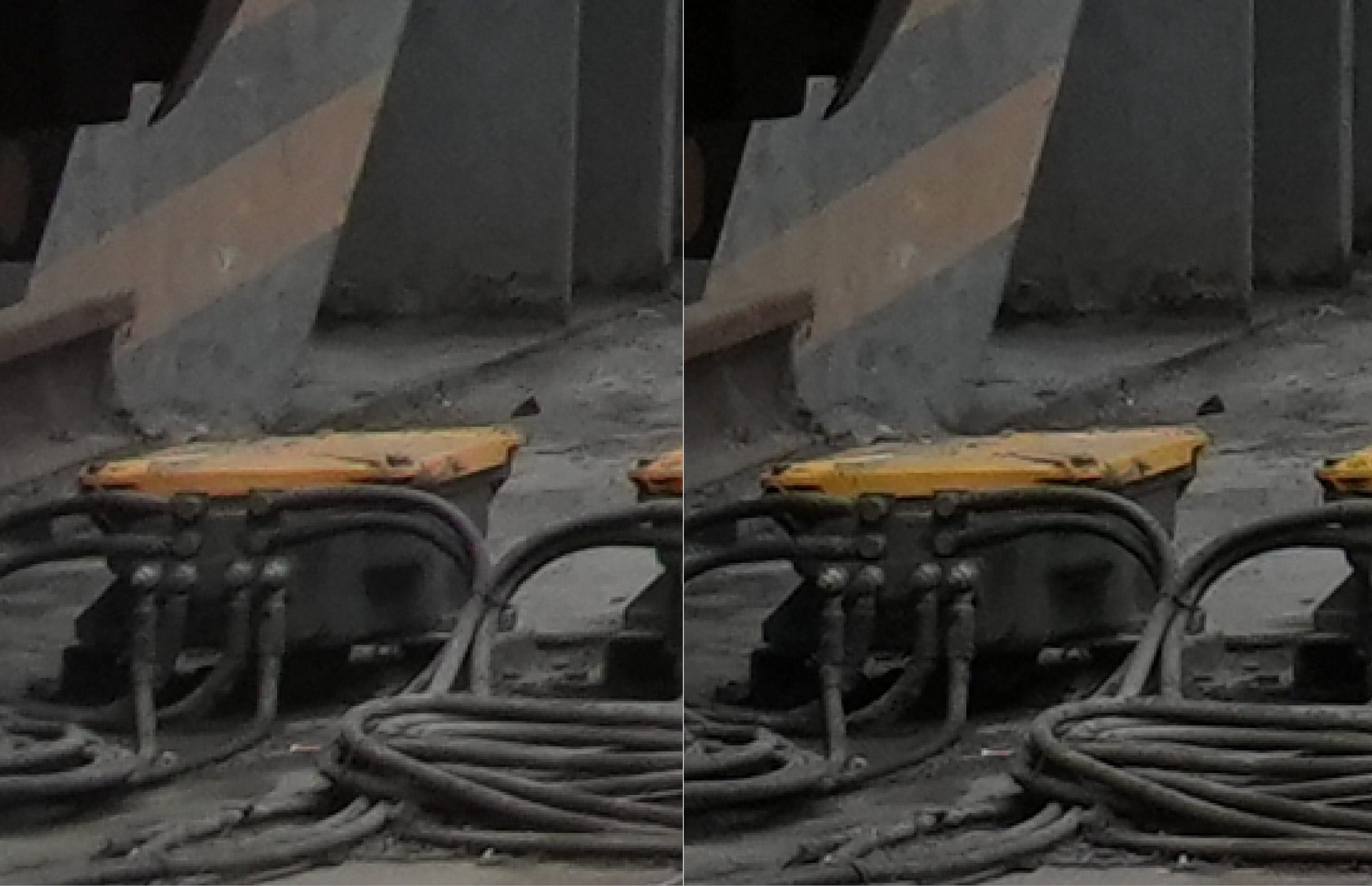

Tamron vs. Carl Zeiss lenses Bokeh comparison
The bokeh of the second generation Tamron 28-75mm f/2.8 VXD G2 lens is much improved from the strong bubble and onion ring bokeh of the first generation lens. However, if you look closely at the Tamron bokeh shot below, there are still a few reminders of these bokeh weaknesses with the second-generation G2 lens.

In my opinion, the Tamron’s bokeh is on a par with the Zeiss, and its bokeh benefits from its larger aperture of f/2.8 compared to the f/3.3-4 of the Zeiss, having 9 aperture blades instead of 6 and rounder bokeh balls at the corner of the image. Nevetheless, peeping into my current bokeh photos, I prefer the bokeh of the Zeiss lens when shot with an open aperture.
Tamron and Zeiss shots in and around São Bento station
To get some impressions beyond pixel peeping of what kind of real photos you can shoot with these lenses, take a look at some “normal” location shots in and around São Bento station. Click on an image of interest and press the Image-Info button “i” to see the focal length, aperture, shutter speed and ISO settings for each photo.
When you click on an image in the galleries, following buttons will allow you to select some features. Use Original-size to watch the photo in full resolution:
When you click on an image in the galleries, following buttons will allow you to select some features. Use Original-size to watch the photo in full resolution:

Slideshow | Fullscreen | Image-Info | Original-size

Why have I included some photos taken with The Pixel 8 Pro? Because it complements the Tamron and Zeiss lenses with high-quality approx. 50-megapixel shots at 12mm and 24mm (full frame equivalent). Beyond 75mm with the Tamron and 85mm with the Zeiss, the Pixel 8 Pro steps in with a few more shots at 110mm (full frame equivalent), unfortunately with almost no object separation due to its small sensor.
In my opinion, it is more beneficial to combine the strengths of mirrorless and smartphone cameras than to favour one or the other or to argue for only one category of camera. So combining the 12mm and 24mm focal lengths (full frame equivalent) of a good photo-centric smartphone like the Pixel 8 with a versatile 28-75mm lens like the Tamron gives you a powerful but small and inexpensive combination for travel photography.
Rundown
Here are the highlights of my findings when comparing these two lenses:
- The Tamron 28-75mm f/2.8 VXD G2 outperforms the 35+ year old Carl Zeiss 28-85mm f/3.3-4 vintage lens in all areas, except bokeh. No big surprise, as the Tamron lens is famous for its very excellent image quality, even compared to the expensive Sony 24-70mm GM lens, and offers excellent value for money.
- The Carl Zeiss 28-85mm lens suffers badly from longitudinal and lateral chromatic aberration, which can be partially corrected in some photo editing software.
- From 35mm to 75mm, the Carl Zeiss lens performs surprisingly well in the centre of the frame, but still falls short of the Tamron in terms of contrast. I have to confess, that for a 35+ year old vintage lens, the Carl Zeiss Vario-Sonnar T* 28-85mm f/3.3-4 zoom lens performs quite well compared to the modern Tamron lens in its 2nd Generation G2, which is known for its excellent image quality. Chapeaux Oberkochen!
- It is better to use the Tamron 28-75mm f/2.8 VXD G2 in AF-C / continuous autofocus mode rather than in AF-S mode, as this significantly improves focusing performance, especially in difficult lighting conditions. It seems that this improved focusing performance, even with static subjects, is due to a stronger prioritisation of phase detection over contrast detection in AF-C mode.
- As a result of this article, the Tamron 28-75mm f/2.8 VXD G2 will definitely replace some fixed focal lengths on my next trips, and the Carl Zeiss Vario-Sonnar T* 28-85mm f/3.3-4 will remain my preferred lens for bokeh photos of vintage car exhibitions and other events where bokeh is the main purpose of the shots.
Videos of Sao Bento Station
Leonard Shea’s 4K video gives a nice overview of the São Bento station:
Better get your surfboard ready before you watch this video, as heavy rains flood the area around São Bento station and its metro station in January 2023:
More information about the Carl Zeiss 28-85mm lens
Best Zeiss Zoom Lens? Review of the Carl Zeiss Vario-Sonnar T* 28-85mm f/3.3-4 classic lens
Don’t hesitate to leave a comment below
Your comments are highly valued. Please note that comments undergo manual verification to prevent spam, which may cause a delay in their appearance.
Based on the pixel peeping comparison between the Tamron 28-70mm f2.8 VXD G2 and the Carl Zeiss Vario-Sonnar T* f3.3-4 lens, what are the key differences in image quality, particularly at different focal lengths and apertures?
Regard
Teknologi Telekomunikasi
Indonesia
With the vintage zeiss lens, you have less image quality especially sharpness, but the almost perfect bokeh is much much better having no onion rings and pretty textured round bokeh balls
Kind regards